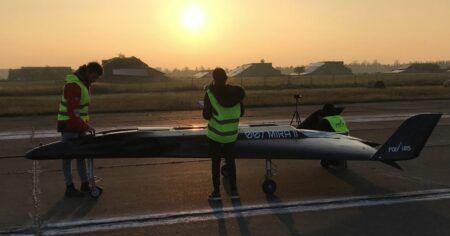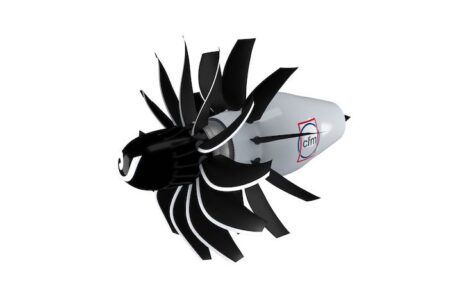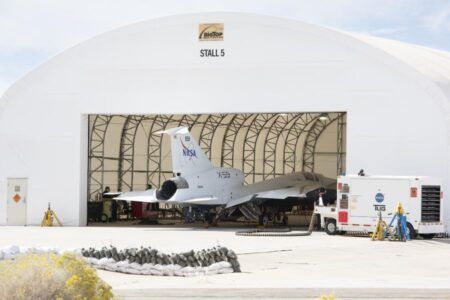SuperDraco, the propulsion system SpaceX would use to power its Crew Dragon spacecraft out of danger, has been test-fired 27 times as the company refines the design for the demands of operational missions that will carry astronauts to the International Space Station for NASA’s Commercial Crew Program. SpaceX evaluated the system utilizing various thrust cycles on a test stand at its rocket development facility in McGregor, Texas, USA.
The SuperDraco engines are arranged in four pairs – SpaceX calls them ‘jetpacks’ – that are integrated around the outside of the Crew Dragon spacecraft. Firing all at once, the eight engines produce 120,000 lb of thrust – enough power to accelerate a Crew Dragon from zero to 100 mph in 1.2 seconds.
In the unlikely event of an emergency, this power provides the ability to lift the crew a safe distance off the launch pad or far away from a failing booster on the way to orbit. That capability was demonstrated earlier this year in a pad abort test that confirmed the SuperDraco design in a flight-like condition.
A normal launch of the Crew Dragon atop a Falcon 9 rocket would not offer the SuperDracos anything to do during the mission since its only responsibility is to fire in an emergency to rescue the crew onboard. Eventually, SpaceX plans to use the SuperDracos in the place of a parachute during landing.
These engines use hypergolic propellants that are common in spacecraft thruster systems as the propellants ignite as soon as they contact each other. The engines are noteworthy for a number of reasons, including that they are built using 3-D printing methods instead of machining them from larger pieces.
After the development cycle, the company will continue evaluations of the propulsion system and SuperDracos at its test stand to qualify them for use on operational missions.
The Crew Dragon and Boeing’s CST-100 Starliner will carry up to four NASA astronauts at a time, which ultimately adds another crew member to the space station and gives twice as much time for astronauts to conduct research.
Click here to watch a video of the SuperDraco test.
November 13, 2015




